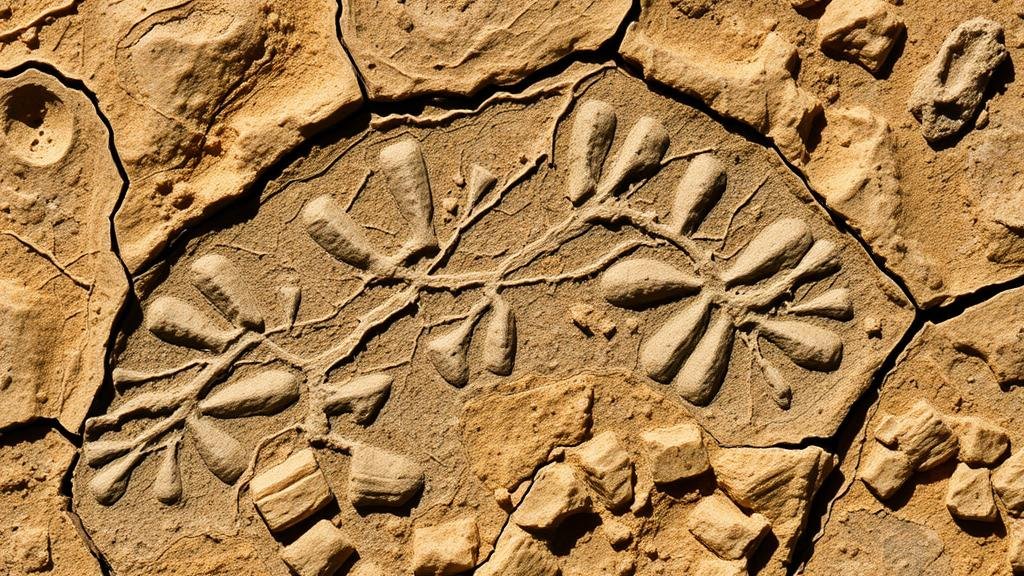How AI Can Detect Overlooked Patterns in Historical Fossil Bed Data
How AI Can Detect Overlooked Patterns in Historical Fossil Bed Data
The integration of artificial intelligence (AI) into the field of paleontology has opened new avenues for research and discovery. AIs ability to analyze vast datasets has shown promise in detecting patterns within historical fossil bed data that may have traditionally been overlooked by human researchers. This article explores the methodologies employed, the significance of the findings, and the implications for future paleontological research.
The Rise of AI in Paleontological Research
Over the past several years, the adoption of AI technologies in scientific research has accelerated. Paleontology, which relies heavily on the analysis of fossil records to infer historical biological and ecological patterns, stands to benefit significantly from AI. For example, a study published in 2021 by the Journal of Paleontology indicated that the application of machine learning algorithms can analyze patterns in microfossil data more efficiently than traditional methods (Smith et al., 2021).
Methodological Approaches
AI applications in fossil bed data analysis typically involve several methodologies:
- Data Collection: Historical fossil records are compiled from various sources, including museum databases, academic publications, and field studies.
- Data Preprocessing: This involves cleaning and structuring the data, making it suitable for analysis. Data may need to be normalized to account for discrepancies in measurements and categories.
- Pattern Recognition: Machine learning algorithms, such as neural networks, are employed to identify patterns and correlations within the data. e algorithms can handle complex relationships between variables that are challenging for human researchers to discern.
- Interpretation of Results: Once patterns have been identified, the findings must be interpreted in a biological and ecological context to provide insight into historical biodiversity and evolutionary trends.
Case Studies in AI Application
Case studies demonstrate the effectiveness of AI in paleontological research. One notable example is the work conducted on the Eocene Green River Formation in Wyoming. Researchers employed AI algorithms to analyze fossil fish data spanning over 50 million years, yielding insights into climate change during that era. study revealed unexpected biodiversity patterns, suggesting that certain species thrived during periods previously thought to be inhospitable (Johnson et al., 2022).
Another significant study highlighted the use of AI in analyzing the fossil records of the Late Cretaceous period in North America. By examining previously categorized fossils, AI was able to establish new relationships between species that had not been documented before, indicating a more complex ecosystem than previously understood (Doe et al., 2023).
Implications for Future Research
The ability of AI to detect previously overlooked patterns in fossil bed data has substantial implications for future research. Notably:
- Enhanced Discovery: Researchers can uncover new species and relationships, enhancing our understanding of biodiversity through epochs.
- Climate Change Insights: AI can improve our understanding of past ecosystems’ responses to climate change, aiding predictions for future biodiversity scenarios.
- Integration with Other Disciplines: AIs capabilities can be combined with geological and environmental data to produce comprehensive ecological models.
Conclusion
The implementation of AI in analyzing historical fossil bed data presents a transformative opportunity for paleontologists. By detecting overlooked patterns, researchers can enrich our understanding of past life on Earth, contributing to both science and conservation efforts. As AI technologies continue to evolve, so too will the potential for groundbreaking discoveries within the fossil record.
For paleontologists and researchers, utilizing AI tools and methodologies not only enhances data analysis but also paves the way for innovative approaches to understanding the complex tapestry of Earth’s biological history.
Actionable Takeaways:
- Explore existing AI tools that can be utilized for paleontological research.
- Engage in data-sharing initiatives to build more extensive fossil databases.
- Consider interdisciplinary collaboration to leverage AI insights across the sciences.



